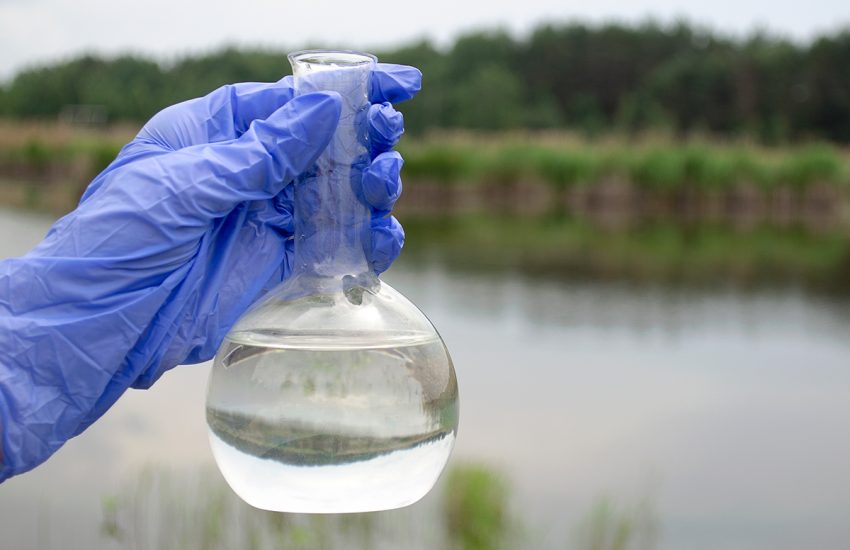On October 2, 2020, Massachusetts became the latest state or commonwealth to promulgate stricter water quality regulations for per- and polyfluoroalkyl substances (PFAS). The Massachusetts Department of Environmental Protection issued a new standard of 20 parts per trillion (ppt), which is more than three times lower than the present federal standard of 70 ppt (i.e., for the sum of PFOA and PFOS). MA’s new standard is more expansive as it covers the sum of six PFAS chemicals: the well-known PFOA and PFOS, and lesser-known PFHxS, PFNA, PFHpA, and PFDA.
The new standard, known as a maximum contaminant level (MCL), applies to community water systems (which include year-round residential customers) and non-transient, non-community water systems (i.e., schools, daycares, larger businesses of 25+ employees). On the other hand, the MCL does not apply to transient, non-community water systems (such as recreational areas, campgrounds, hotels/motels, and small businesses) or “consecutive systems” (systems that purchase all of their water). Under the regulations, the MCL is considered violated when three months of sampling results exceed the 20 ppt level or if PFAS levels from one or two months are high enough to identify a violation regardless of subsequent monthly results. The monitoring results will be made available on the MA Energy and Environmental Affairs Data Portal.
The impact of these MCLs will be an increase in the use of public resources and testing required to enforce the new regulations, but if the MCL level is breached, it will also require the public water authority to notify its consumers, and to develop a plan to counteract the MCL exceedance. With the acknowledgement by MA that these chemicals are worthy of a comparatively strict MCL and the accompanying testing, increased litigation is also likely to follow.
As we have written about previously, litigants are looking increasingly for defendants (manufacturers, distributors, suppliers, operators, dischargers, etc.) on which to pass these costs. Many lawsuits assert causes of action for strict products liability for defective design and failure to warn of products containing these chemicals, negligence, public nuisance, and trespass. In these actions, water districts around the country seek damages to recover costs to protect and restore their drinking water supply, and for reimbursement of the costs related to designing, constructing, installing, operating, and/or maintaining the treatment facilities and equipment required to remove the chemicals from the drinking water.

